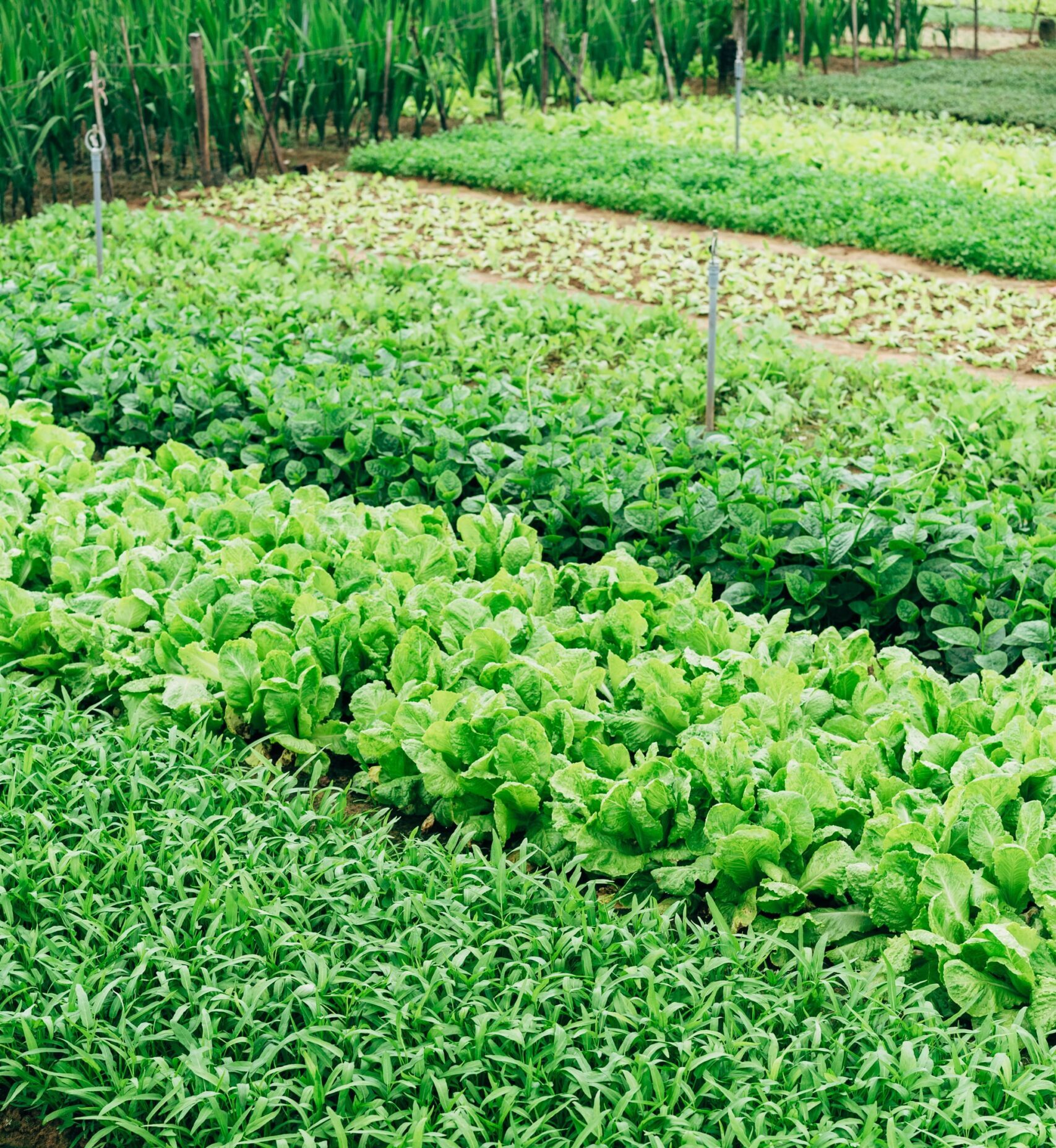As record breaking heat rocks the world, farmers are struggling to contend with triple-digit heat, droughts, and other manifestations of climate change. These variables are putting more stress on crops, and may lead to reduced crop yields. Many have already noticed effects from this at the grocery store. The cost of many food products is rising. Although experts hope that they will soon stabilize, a variety of factors continue to contribute to higher cost of food.

Fortunately, many fruits and vegetables are relatively easy to grow at home, even with limited space and resources. Gardening saw a boom during the pandemic, however many gave it up after returning to “normal.” Yet, growing food at home is a great way to combat climate change, eat sustainably, and potentially save money. Greens such as kale, Swiss Chard, and lettuce are simple to grow and can be used in a variety of different ways.
Why Grow Your Own Greens?
Growing your own food may seem daunting. However, greens are an excellent place to start. They are relatively easy and inexpensive to grow, and can save you a pretty penny on food costs! Additionally, dark leafy greens are among the most nutrient dense vegetables.
Growing some of your food at home can also be beneficial for the environment. Much of the food we eat is grown far away and then transported thousands of miles. This transportation uses fossil fuels and contributes greatly to greenhouse gas emissions. By growing your own greens, you can help to reduce emissions associated with food transportation.
Another way growing your own greens is good for the environment is reduction of water consumption and unsustainable growing practices. Notoriously dry Arizona and California grow huge amounts of the United States greens.
Types of Greens to Try Growing
Now that we know why growing your own greens is good, let’s discuss the different types of greens you can grow. Lettuce, arugula, kale, swiss chard, spinach, mizuna, mustard greens… the list is endless! Ultimately, it comes down to what type of greens you prefer eating, and what grows well in your climate. Although some varieties of greens are heat resistant, most prefer mild spring and fall temperatures. Additionally, most greens are fairly thirsty and need to be watered fairly regularly. Luckily, greens do not typically require full sun, and will be content with 4-6 hours each day. You can grow greens from scraps, seeds, or seedlings depending on the type.
Re-Growing Lettuce from Scraps
A great way to start growing your own greens if you have never gardened before, or don’t have any outdoor space, is re-growing lettuce from scraps! It is easy to do, and doesn’t even require soil! Romaine lettuce is an ideal varietal to use for this.
Take a head of lettuce, and cut the leaves away so that an inch or two remains near the bottom. You can use the lettuce to make this delicious deconstructed Bahn Mi Bowl! Then, place the cut end in a glass bowl or jar with about an inch of water at the bottom. Place on a sunny windowsill. Be sure to change and refill the water every day. In 10-12 days, you should see the lettuce regrow! At this point, you can transfer the lettuce into a well draining pot with soil, or eat. The re-grown lettuce will not be as large as the original head, but it is a good way to get a little bit of extra greens and have fun growing something! Celery and green onions can be regrown in a similar way.
For a Heat-Resistant Green, Grow Some Swiss Chard
While most greens do not do well in high heat, Swiss Chard is one of the few that will flourish. A cousin of spinach and beets, Swiss Chard comes in several different beautiful varieties! “Bright Lights” is a variety with gorgeously colored stems and dark leaves. The stems and the green leaves are both edible.
To grow Swiss Chard, plant clusters of 2–3 seeds roughly half an inch deep in rich, well draining soil. Place in a location that gets 4-6 hours of sun a day. Swiss Chard should be ready to harvest roughly 50-60 days after planting. However, be sure to thin the seedlings back so that the plants do not overcrowd each other. You can eat the thinned seedlings and baby greens!
Once your Chard has reached maturity, you can use it in a variety of ways. Roast the stems, sautee the leaves with oil, garlic, and lemon, or try this Vegan Chicken Salad Sandwich With Curry and Swiss Chard.
Try Growing Your Own Kale Microgreens
Microgreens have been a hot commodity in fine dining for some time. For good reason too; they offer nutrition and delicate taste in a small package. They are also relatively easy to grow. All you need is a dish, thick paper towels, a plastic ziplock bag, some kale seeds, and a spray bottle full of water!
Simply lay the paper towels along the bottom of the dish (ideally a dish with at least one inch sides), then saturate thoroughly with water. Sprinkle the kale seeds generously over the bottom of the dish, then spray again. Cover with the plastic bag to retain moisture. Then, place the dish in a sunny area. Spray a few times a day to ensure the paper towel remains constantly moist. Soon, you will see the seeds begin to sprout. Once they have a set of leaves, they are ready to harvest! Use them as a nutritious garnish, blend them in a smoothie, or make this yummy GF Vegan Cauliflower Pizza With Microgreens Pesto!
Get more like this—Sign up for our daily inspirational newsletter for exclusive content!
__
Photo: Markus Winkler via Unsplash




